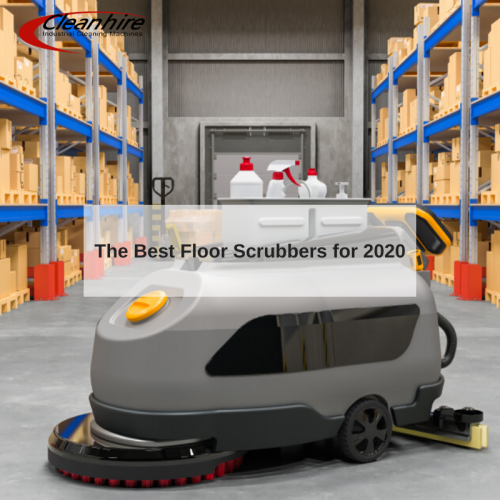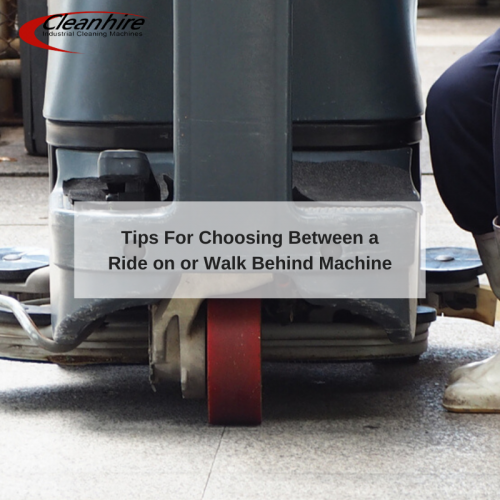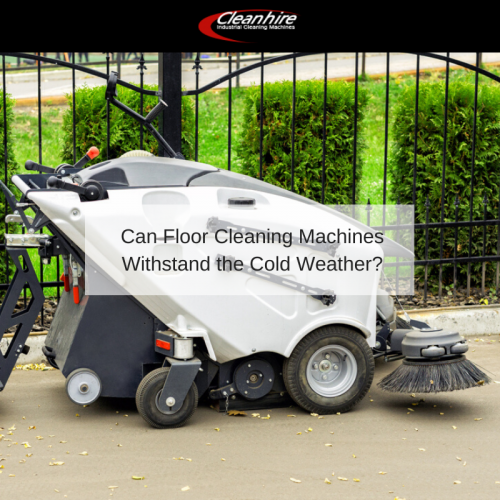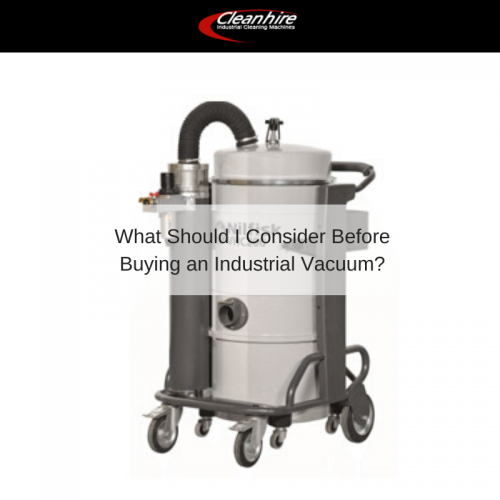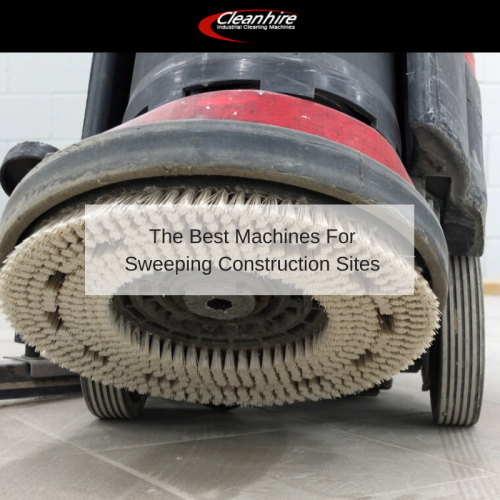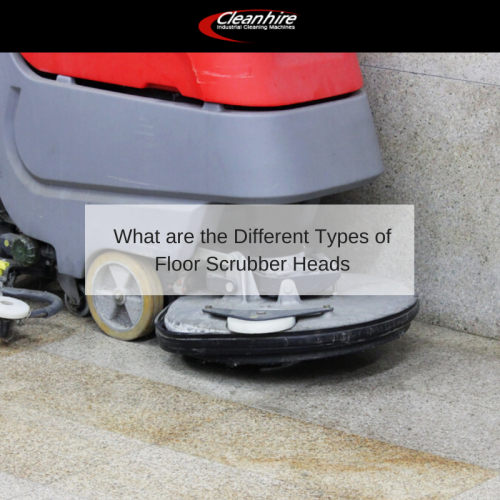Now that the new year is finally upon us, many business owners will need to address maintenance tasks in the near future.
One of the best ways to enjoy a superior sense of efficiency and safety is to select from the wide range of floor scrubbers provided by our team.
What are some factors to address and what variables tend to be associated with the best units in the industry today?
Let’s break this subject down into a handful of suggestions in order to appreciate the big picture.
Choosing Trusted Brand Names
Reputation is everything within the floor cleaning industry. This is why it is always better to choose a reliable brand name. Our floor scrubber hire specialists work closely with Comac due to the fact that this manufacturer is one of the most respected and trustworthy.
Furthermore, it is possible to choose from a wide range of different models including:
- Vispa
- Antea
- Versa
- Innova Comfort
- Omnia
Thus, it is now possible to complete even the most challenging projects within an amenable amount of time.
Walk Behind or Ride On?
Selecting the right configuration is just as important. Walk-behind units tend to be employed within smaller to medium-sized areas, as they can negotiate obstacles as well as tight turns.
Ride-on alternatives are best suited for larger working environments, as their footprint helps to reduce the cleaning time that would otherwise be required.
Versatility and Reliability
Choosing the most suitable model will also take other factors into account. These can include the type of cleaning mechanism, the presence of accessories, the turning radius, and the configuration of user controls.
This is why many businesses will seek out the advice of a customer service specialist at Cleanhire before making the final decision.
In terms of maintenance, flexibility and cost, we are your go-to source when nothing but the best floor scrubbers will do.

